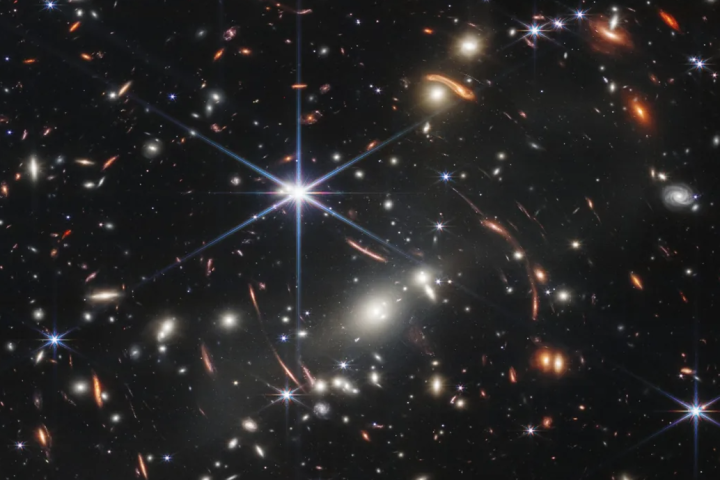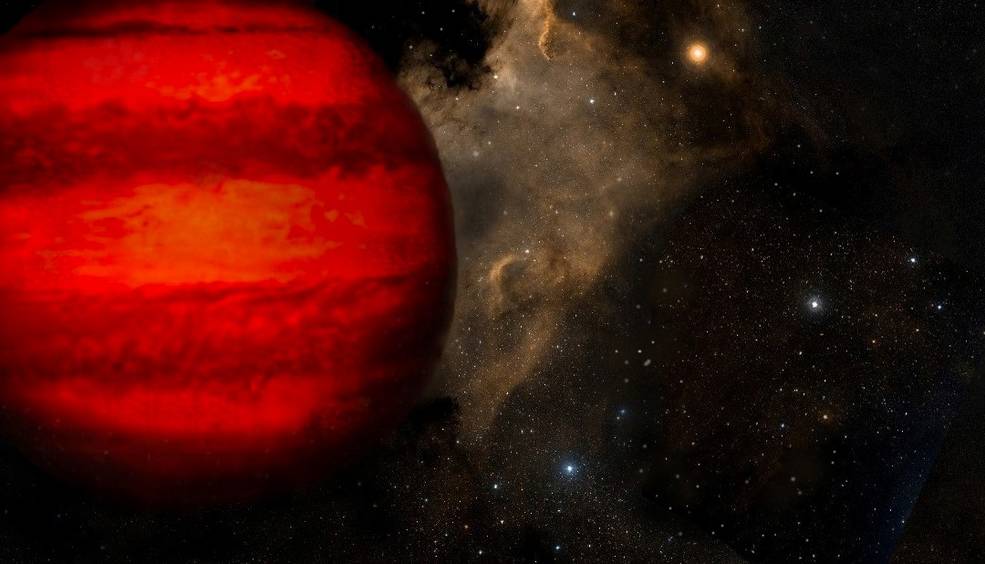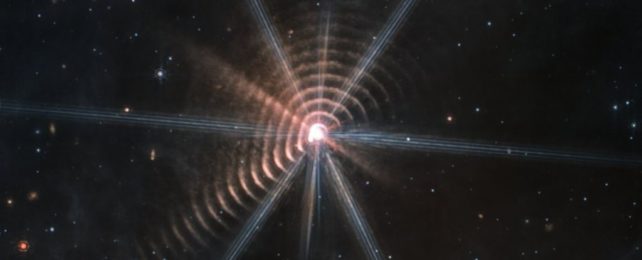It’s a record that has already been broken several times in the last two years alone, and we anticipate that it will soon be broken once more.
Using the recently launched James Webb Space Telescope (JWST), astronomers have reported finding what looks to be the most distant galaxy yet.
This has already happened twice this year if it sounds familiar. Astronomers said in April that they had observed a galaxy just 330 million years after the Big Bang. Another was discovered at a moment 300 million years after the Big Bang in other JWST data last month.
But the new record-holder is astounding. When compared to the Universe’s age of 13.8 billion years, this object, which was found in the early Universe’s obscurity, dates from only 235 million years after the Big Bang.
The finding of the galaxy candidate, known as CEERS-93316, heralds the start of something wonderful: Webb is prepared to open up the early Universe and provide us with a never-before-seen window into the shadowy and enigmatic depths at the beginning of, well, everything.
For cosmologists, the first billion years following the Big Bang are of particular interest. This is when matter and antimatter, dark matter, stars, galaxies, and dust began to form from the hot, quantum soup that had filled the Universe after it had winked into existence.
Light is a time machine for the furthest reaches of the Universe because it takes time to travel, therefore any light that reaches us from distant space signifies an event that occurred long ago. The early Universe, however, presents further difficulties because it is so far away and any light that does reach us is quite feeble.

Additionally, due to the Universe’s expansion, even the most intense waves have become weak rays that are closer to infrared portions of the spectrum, making it difficult to interpret even the more visible objects.
This makes accurate historical reconstructions very challenging. Which is a shame, given that it’s such a crucial moment.
The Cosmic Dawn was the time period before to the birth of the first stars. About 250 million years after the Big Bang, an opaque cloud of hydrogen atoms began to engulf the whole Universe.
The complete electromagnetic spectrum was unable to spread until neutrally charged hydrogen was reionized by the earliest stars and galaxies.
By roughly one billion years after the Big Bang, light could once more shine freely because of this Epoch of Reionization.
Naturally, we are interested in learning more about the early history of the universe during this obscure time, including how the first stars emerged from dawn clouds, how galaxies coalesced, and how supermassive black holes could form so rapidly during the first hundreds of millions of years of the universe’s existence. One of the main purposes for which Webb is intended is to look back at that distant, foggy time.
Webb’s telescope has the finest resolution of any telescope ever deployed into orbit and is capable of capturing infrared and near-infrared light. In order to give cosmologists a thorough understanding of what is happening, if not at Cosmic Dawn, then at least throughout Reionization, it is built to be exceptionally good at identifying those very heavily redshifted galaxies.
According to Donnan and his colleagues, CEERS-93316 had to be near one of the earliest galaxies to form after the Big Bang. The team ruled out alternative theories for the dim, red glow, and their study points to a time period between 120 and 220 million years after the Big Bang as the required for the onset of star formation in the galaxy candidate.
However, additional spectroscopic observations will be required to determine the object’s identity. The redshift would ideally be confirmed by this, at which point the object may be the focus of additional in-depth investigation and assist in compiling a list of objects from the early Universe.
If CEERS-93316 is a galaxy, it won’t likely hold the title of most distant galaxy for very long. Even if CEERS-93316 doesn’t turn out to be a galaxy that far away, the chances are excellent that Webb will find something soon enough.
The study was published in the Royal Astronomical Society’s Monthly Notices.





